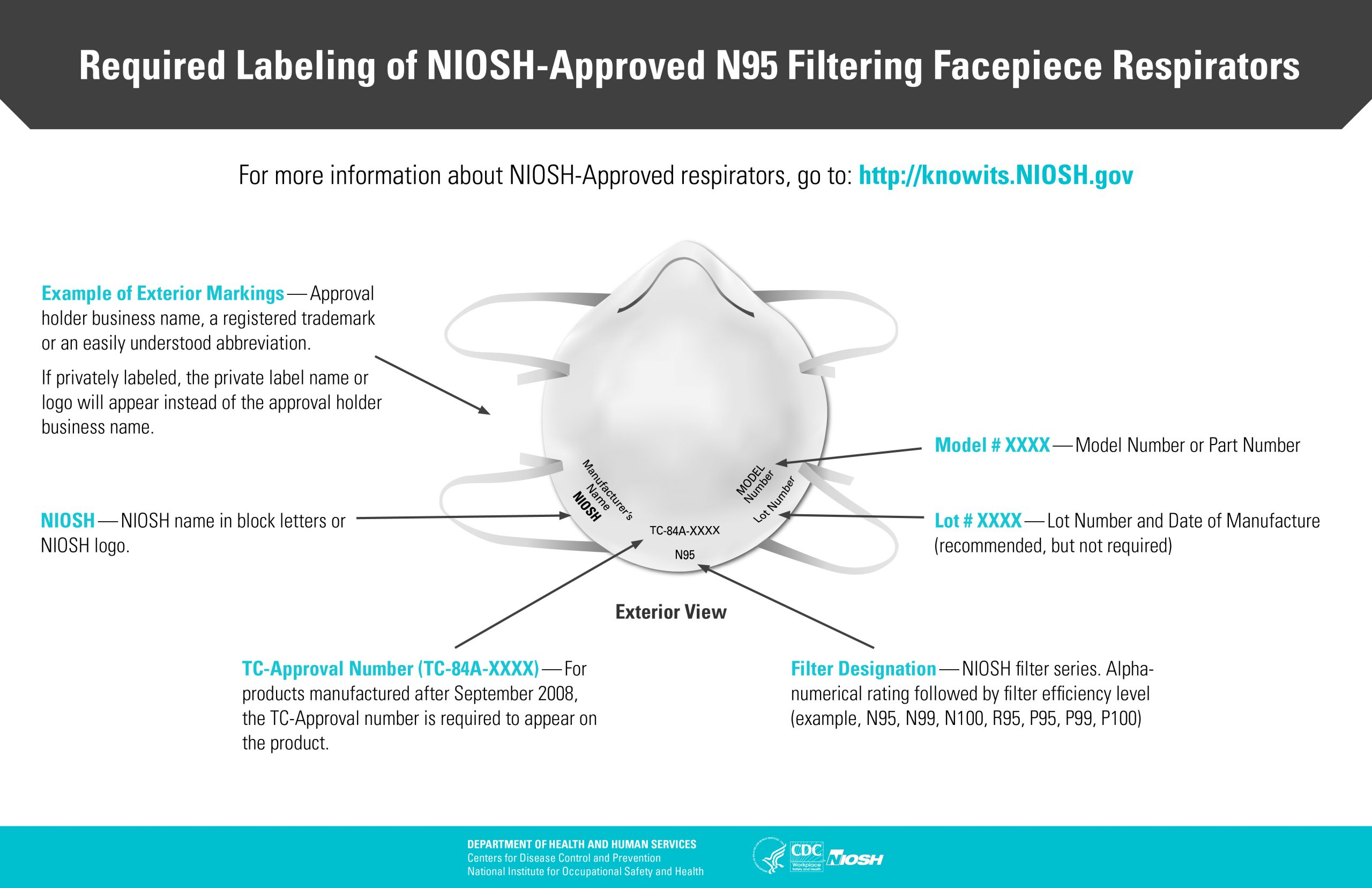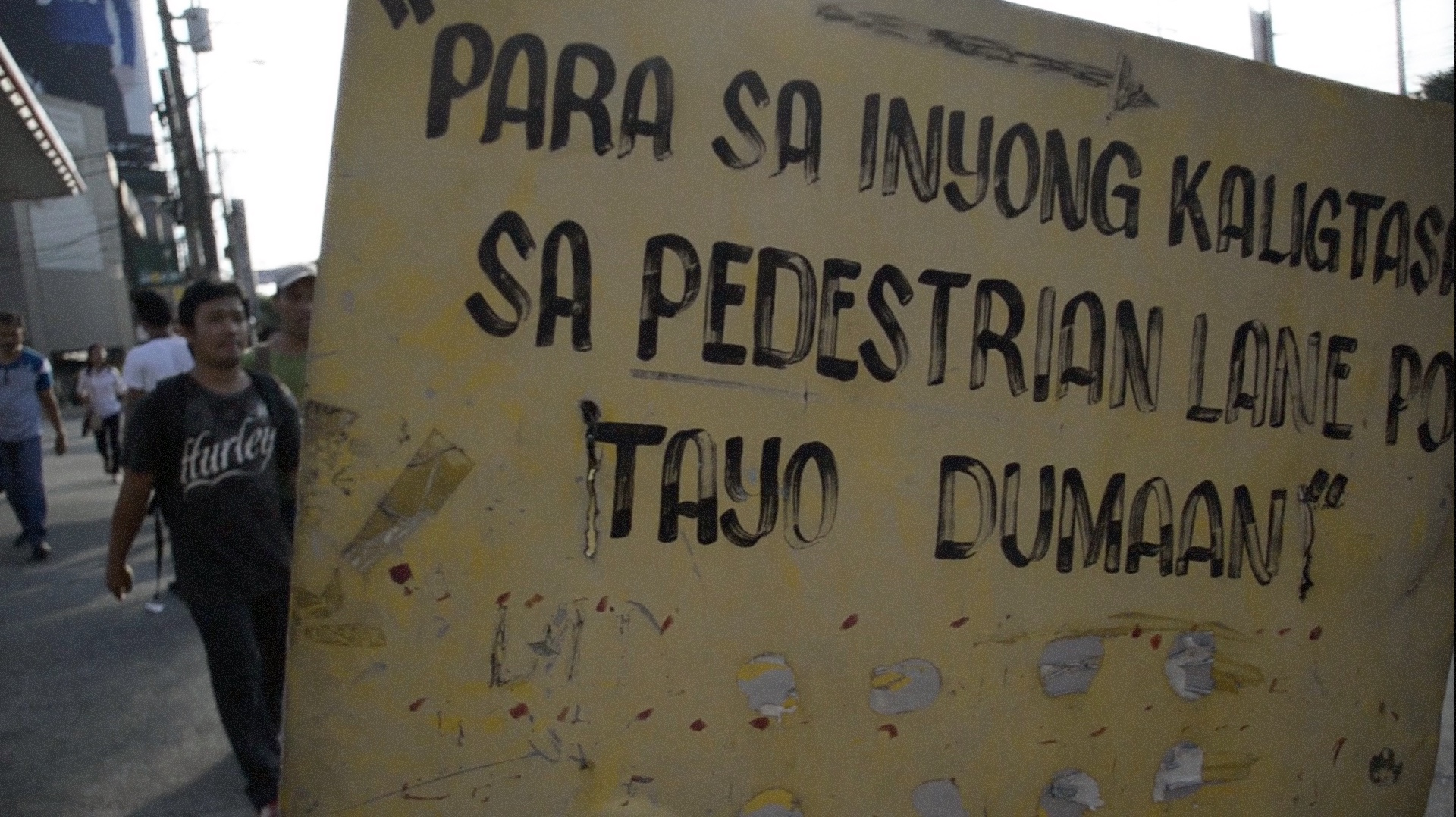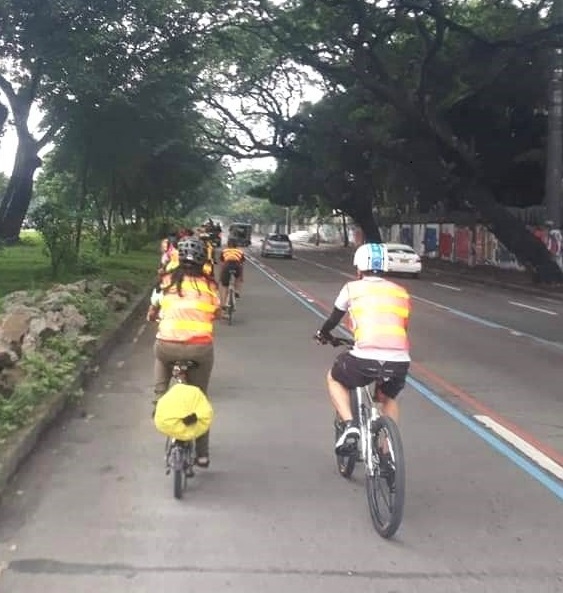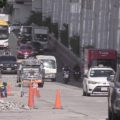MOST motorists do not consider pedestrians are road users. This makes pedestrians, everywhere in the world, high-risk safety concerns. Annually over 270,000 pedestrians perish in collisions on the road. The World Health Organization (WHO) reported that pedestrians constitute 22% of all road traffic fatalities.
According to WHO’s Global Status Report on Road Safety 2015, in the Philippines pedestrians make up 19 percent of road deaths. This is about 1,970 deaths based on the UN agency’s estimate of 10,400 fatalities from road crashes.
“Perwisyo ang mga tumatawid ng wala sa lugar,” Lucena bus driver Obet Gutierrez says. “Naglalakad ng mabagal kahit sa highway parang nikipagpatintero sa mga mabibilis na sasakyan.” (Pedestrians who jaywalk cause anxiety. They walk slowly and with no caution like “playing chicken” with fast moving vehicles.)
“Wala kang panalo kung makasagasa ka ng pedestrians,” says taxi driver Jim Selecion. “Kahit masagi mo lang ng konti puede na silang umarte ng nabalian o nasaktan at kahit wala sa lugar ang driver pa din ang talo.” (You cannot win if you run over a pedestrian. They can act out getting hurt, and even if they are the ones jaywalking, it is still the driver who takes the bigger blame.)
“Walang pakialam ang mga driver sa mga pedestrians,” exclaims Marcel de Leon of Commonwealth Ave. “Kahit nasa pedestrian lane ka na, sisiksikin ka pa din.” (Drivers don’t care about pedestrians. Even if we use the pedestrian lane, motorists will still try to push us off.)
Student Kathy Llustre says “nakakatamad pong umakyat sa pedestrian flyover kasi at ang dumi dumi pa,” referring to the elevated pedestrian flyover crossing Gil Puyat Ave near the Taft LRT station. “Tapos madami pa snatcher. Kaya sa gabi hindi na ako gumagamit ng overpass.” (I become lazy when I go up the pedestrian flyover because it is dirty. At night it is more dangerous because there are many snatchers.)
Based on road crash reports compiled from Philippine National Police (PNP) data as well as 130 respondents to Malaya Business Insight’s online survey to refute or validate some factors affecting pedestrian safety.
Pedestrian deaths and injuries are preventable. The four quotations above illustrate four risk areas that affect pedestrian safety on the road. These are driver attitude, pedestrian attitude, rules and policies, and engineering or infrastructure. The four work independently of each other or combine to affect pedestrian safety.
Driver attitude. A main key risk because the main cause of pedestrian injury and death is the vehicle hitting the pedestrian. Driver behavior particularly in terms of respect for other road users was expressed by those surveyed while drinking and driving is cited by the WHO report “Pedestrian safety: a road safety manual for decision-makers and practitioners.” This was echoed by survey results which point to 86 percent of respondents observing that injuries or fatalities related to how drivers treat people on the street.
Truck and bus versus pedestrians. PNP data show that 36 percent of pedestrian deaths involve a truck or bus. In almost 100 percent of the cases the driver runs away or hides and later reports to the police station for fear of getting beat up. In almost all cases the driver will say that it was the pedestrian who was illegally crossing.
Private vehicle drivers caused some 48 percent of pedestrian deaths and most result from driving under the influence of alcohol (52 percent) or even drugs. This is not uncommon but some data insights include inexperienced drivers (16 percent) and driving with faulty headlights of in low visibility conditions (8 percent).
Right-of-way. Is probably the biggest challenge in this attitude issue affecting all drivers attitude towards pedestrians. Most drivers surveyed think (75 percent) they have the right of way except in pedestrian lanes. This is not the case in practice.
Pedestrian attitude. There is no data in the PNP reports that clearly point to pedestrian attitude but 33 percent of pedestrian deaths nationwide happened at areas unsafe for pedestrians including road shoulders on highways, jaywalking and crossing under the influence of drugs or alcohol. Those surveyed validated this data with 85 percent indicating that pedestrians are often seen violating the road rules expecting cars to stop on a dime when they rush through the streets.
Filipino pedestrians feel inconvenienced by having to walk up and around an elevated walkway, especially in areas where there is lax enforcement of the law or ordinance. In the same way as Those surveyed observed that 98 percent of pedestrians have an “entitled” attitude when crossing roadways. Other observations include not paying attention to other vehicles (36 percent), not using the safety facilities provided for pedestrians (66 percent) or complete and utter disregard for pedestrian safety signs (58 percent). These numbers do not total 100 percent as they are separate inquiries. Pedestrians also find many structures dirty or unsafe. A separate article on a new insight called “distracted walking” is being prepared to expound on this dangerous pedestrian phenomena.
Violation of road rules form a big part of the cause of accidents. There were about 4 cases of pedestrian deaths in Metro Manila happening right on the pedestrian lane with vehicles counter-flowing into the pedestrian or in one case a jaywalker crushed between two trucks in Baesa compound in Tondo. In this case both pedestrians and motorists are at fault. Motorcycles form a bulk of the pedestrian injuries mostly at crosswalks or when motorcycle riders execute “passing on the right violations.” PNP investigations show driving beyond the speed limit as the major cause of the death in nearly 80 percent of cases. It is important to note 100 percent of collisions of pedestrians with big vehicles result in DOS (dead on the spot) incidents.
Road engineering and infrastructure. This does not appear directly in the PNP report but it is easy to infer in some 53 percent of cases that lack of dedicated facilities for pedestrians such as sidewalks, zebra and signal crossings, elevated walkways (pedestrian flyovers), crosswalks and medians. But in many cases despite the presence of these facilities pedestrians deliberately fail to use these.
Some safety structures are defeated by the fact that there are pedestrian lanes below them such as the pedestrian flyovers in Pasay City.
Creating the condition to increase pedestrian safety is an important component of efforts to prevent road traffic injuries and deaths. The WHO report on pedestrian safety aptly concludes this article.
“Pedestrian collisions, like other road traffic crashes, should not be accepted as inevitable because they are both predictable and preventable.”
This story was first published on Malaya Business Insight. It was produced under the Bloomberg Initiative-Global Road Safety Media Fellowship implemented by the World Health Organization, Department of Transportation and VERA Files.




